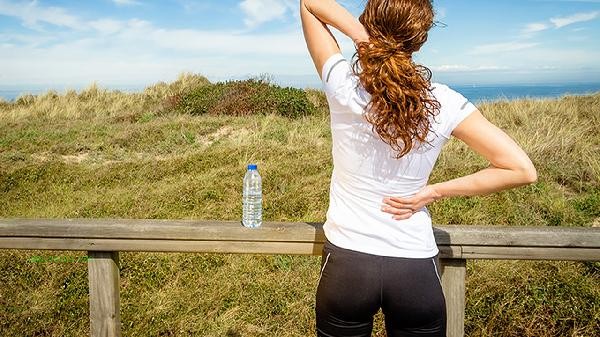Morning running and night running each have health advantages, and the choice depends on individual sleep patterns, environmental conditions, and physical adaptability. Morning running helps activate metabolism and regulate the biological clock, while night running is more suitable for releasing stress and improving sleep quality.

Morning running can help the body enter a state of wakefulness faster, promote natural secretion of cortisol, and improve daytime work efficiency. The concentration of pollutants in the morning air is lower and more friendly to the respiratory system. Fasting morning running can accelerate fat burning, but people with low blood sugar should pay attention to supplementing a small amount of carbohydrates. Sunlight exposure after morning exercise helps with vitamin D synthesis and is beneficial for bone health. Some people have insufficient joint flexibility after waking up in the morning and need to warm up adequately to avoid sports injuries.

Night running is more suitable for the evening period when body temperature is higher, during which muscle flexibility and exercise performance reach their peak. Running at night can relieve a day's work stress, promote the secretion of endorphins, and improve mood. Running at night two hours after a meal can avoid gastrointestinal discomfort and help control postprandial blood sugar levels. The nighttime temperature in the city is suitable and the ultraviolet rays are weak, but it is important to choose a safe route with sufficient lighting. Ending exercise two hours before bedtime can prevent overexcitement of the nerves from affecting sleep.

Regardless of whether you choose to run in the morning or at night, you should maintain a regular exercise routine of at least 30 minutes three to five times a week. Before and after running, do dynamic stretching and static stretching, adjust the pace and distance according to body sensation. Combining strength training can improve running economy, pay attention to replenishing water and electrolytes. It is recommended that middle-aged and elderly people undergo a risk assessment of exercise, and those with joint discomfort can switch to low impact exercises such as brisk walking or swimming. Long term adherence to running requires a balanced diet to ensure the intake of high-quality protein and complex carbohydrates.






Comments (0)
Leave a Comment
No comments yet
Be the first to share your thoughts!